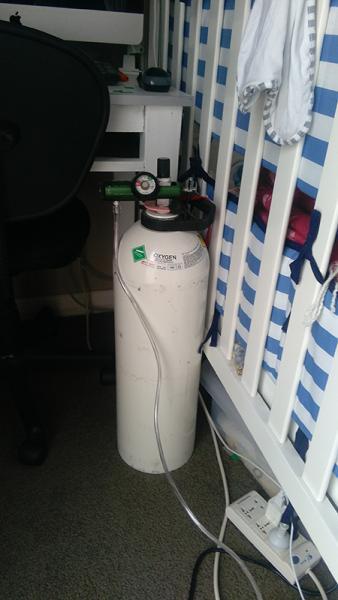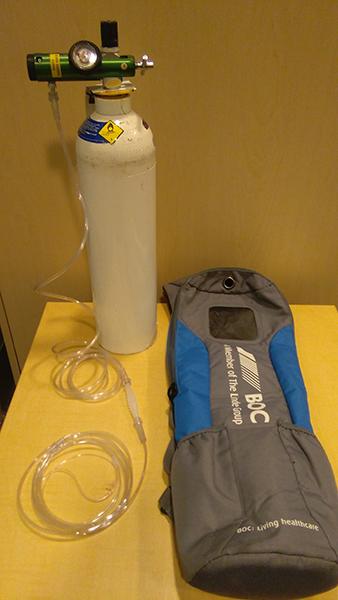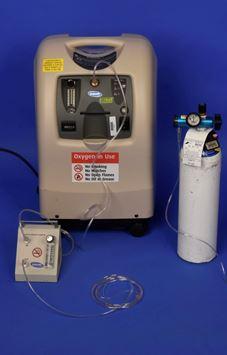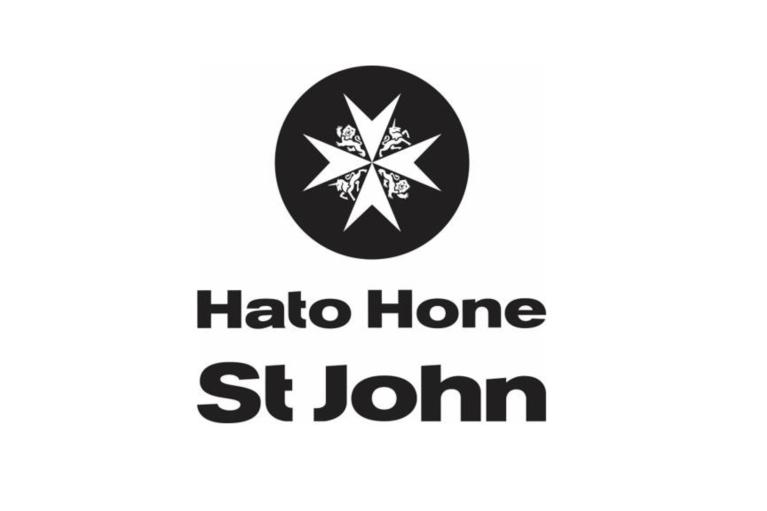Key points about home oxygen for infants
- some pēpi need help with their breathing but don't need a machine to completely breathe for them
- home oxygen can help these pēpi
- your baby will breathe oxygen through small plastic tubes (nasal cannulae) that sit under the nose
- try to keep your baby away from people who have infections
Reasons for needing to go home on oxygen
Pēpi may need to have oxygen at home if they have:
- chronic lung disease (CLD)
- underdeveloped lungs in conditions such as diaphragmatic hernia
- airway problems such as obstructive sleep apnoea
- an unusually slow breathing rate (hypoventilation) - often seen in pēpi who have low muscle tone
- an illness and are receiving palliative care to help with breathing and comfort
How will I know when my baby is ready to go home with oxygen?
Your baby should be feeding and growing appropriately and be medically stable. There are no specific 'numbers' for this growth as it will depend on many things that are individual to your baby. Your paediatrician and neonatal nurse can give you advice on this.
Equipment for giving your baby oxygen at home
Your baby will need a supply of oxygen.
Oxygen cylinders (or tanks)
In most regions of Aotearoa New Zealand, this oxygen supply will be with oxygen cylinders. You'll get these delivered to your home free of charge. You'll order these every week.
Large tank
It is likely you'll will get a large tank. Put it somewhere safe where you can't easily knock it over.
Long tubing
The tank will come with long extension tubing. This connects to the cylinder and to your baby's nasal prongs. It lets you move around the house without moving the oxygen tank.

A large oxygen tank.
Small travel cylinder
You will also get a smaller travel cylinder. You can take this out of the house in the car or the pram. A member of your healthcare team will show you how to use the oxygen cylinders before you leave hospital.

A small travel cylinder of oxygen.
Oxygen concentrator
In other parts of Aotearoa New Zealand, an oxygen concentrator will deliver oxygen to your baby. If you use a concentrator, you will also have a small oxygen cylinder for backup in case there is a power cut. You can also use the small cylinder for travelling in the car or pram.
An oxygen concentrator works by drawing in the air that we all breathe and removing part of the air called nitrogen. This increases the oxygen levels and delivers purified oxygen to your baby.
Make sure you let your power company know that your baby is using home oxygen in case of a power cut.

How much does it cost to run an oxygen concentrator?
The power to run the oxygen concentrator costs approximately $1 to $2 a day. It is worth talking to your local Work and Income New Zealand (WINZ) office about whether you can get funding for this. Speak to your homecare nurse about getting a letter of support for both your power company and WINZ. In some regions of Aotearoa New Zealand, healthcare providers only use oxygen cylinders. They will deliver these to your home for free.
How does the oxygen concentrator work?
Your baby will breathe oxygen through small plastic tubes (nasal cannulae) that sit under the nose. A dressing and tape will hold the tube in place and protect the skin.
Some pēpi will need an oxygen saturation monitor. But in most cases, pēpi only need a monitor for running overnight oximetry to help with oxygen weaning.
Things to remember when using home oxygen
It's important to be careful when using oxygen in your home. Your nurse will talk to you about safety before your child leaves hospital.
No smoking
There should be a no smoking policy in your home.
Remember to display a no smoking sign clearly in your home and car.
Keep your baby a safe distance from open fires and gas appliances
Do not take your baby within 2 meters of open fires, gas heaters, gas stoves, gas ovens, barbecues, lit cigarettes or similar items.
Keep an oxygen concentrator in a safe position
If you have an oxygen concentrator, it's important to keep it in an open area clear of walls, curtains, and furniture.
Protect the oxygen tubing
Do not use, or put the oxygen tubing near electric heaters.
Keep safe in the car
Securely tie the oxygen cylinder in a fixed position while in the car.
Partly open the car windows to avoid the cylinder overheating.
Keeping your baby safe while on home oxygen
It's important to keep your baby away from people with other infections as much as possible. This means staying at home more than usual, particularly over your baby's first winter. Ask anyone who is unwell not to visit you.
Support for when your baby goes home with home oxygen
In most regions, there is a neonatal homecare or outreach nurse. But these may have a different name in different regions. This nurse will be specialised in looking after your baby's specific needs. They will have direct links back to the hospital.
If your baby is attached to oxygen, it can be difficult getting out of the house.
Friends and relatives may be willing to help but there may also be funding available to help with respite care (such as carer support days). Talk to your nurse about what might be available in your area.
Financial Help When Your Child Has A Disability Or Chronic Condition
How can friends and family help when my baby is on home oxygen?
If friends or whānau (family) can help, encourage them to do the household chores so that you can spend more time with your baby. Bringing meals is also helpful. Ask them to stay away if they or their whānau are unwell.
Who to call if something goes wrong for your baby on home oxygen
Become a member of Hato Hone | St John Ambulance

It is a good idea to become a member of St John Ambulance. There is a small fee each year which gives you free unlimited ambulance use for your whole family. If you cannot afford the fee, contact your local WINZ case worker. They may be able to help you.
Call the nurse or NICU
During working hours you can ring your homecare or outreach nurse. After hours it may be best to call the Newborn Intensive Care Unit (NICU) but your nurse will help you develop a plan.
Your GP practice is an important contact
Soon after going home, it is a good idea to make an appointment to see a health professional at your GP practice so they can become familiar with your baby's condition. Your health professional will be an important contact for you when your baby becomes unwell.
When to get medical help for my baby on home oxygen
Before your baby goes home from hospital, your healthcare team will give you advice about what symptoms are normal and what are not.
When you are home, your homecare nurse will talk with you about how to monitor your baby's progress.
Call your homecare nurse or health professional if you notice your child showing any of the following signs:
- rapid, shallow or noisy breathing
- belly sinking in with breathing
- pulling in of the skin between the ribs with each breath
- growing tired from breathing
- more coughing than usual
- panting, wheezing or grunting
- pale, dusky or blue skin colour around the lips or nails
- trouble feeding, excessive spilling, or vomiting with feeds
- signs of infection such as fever
More information
You can watch some videos to become familiar with the signs that your baby is struggling to breathe.
Signs That Children Are Struggling To Breathe
See some helpful tips on looking after your baby with home oxygen, including how to monitor their progress and when the home oxygen can stop.
Acknowledgements
The content on this page has been developed and approved by the Clinical Reference Group of the Newborn Clinical Network, Paediatric Society New Zealand.
Photos of oxygen tanks are by KidsHealth.
